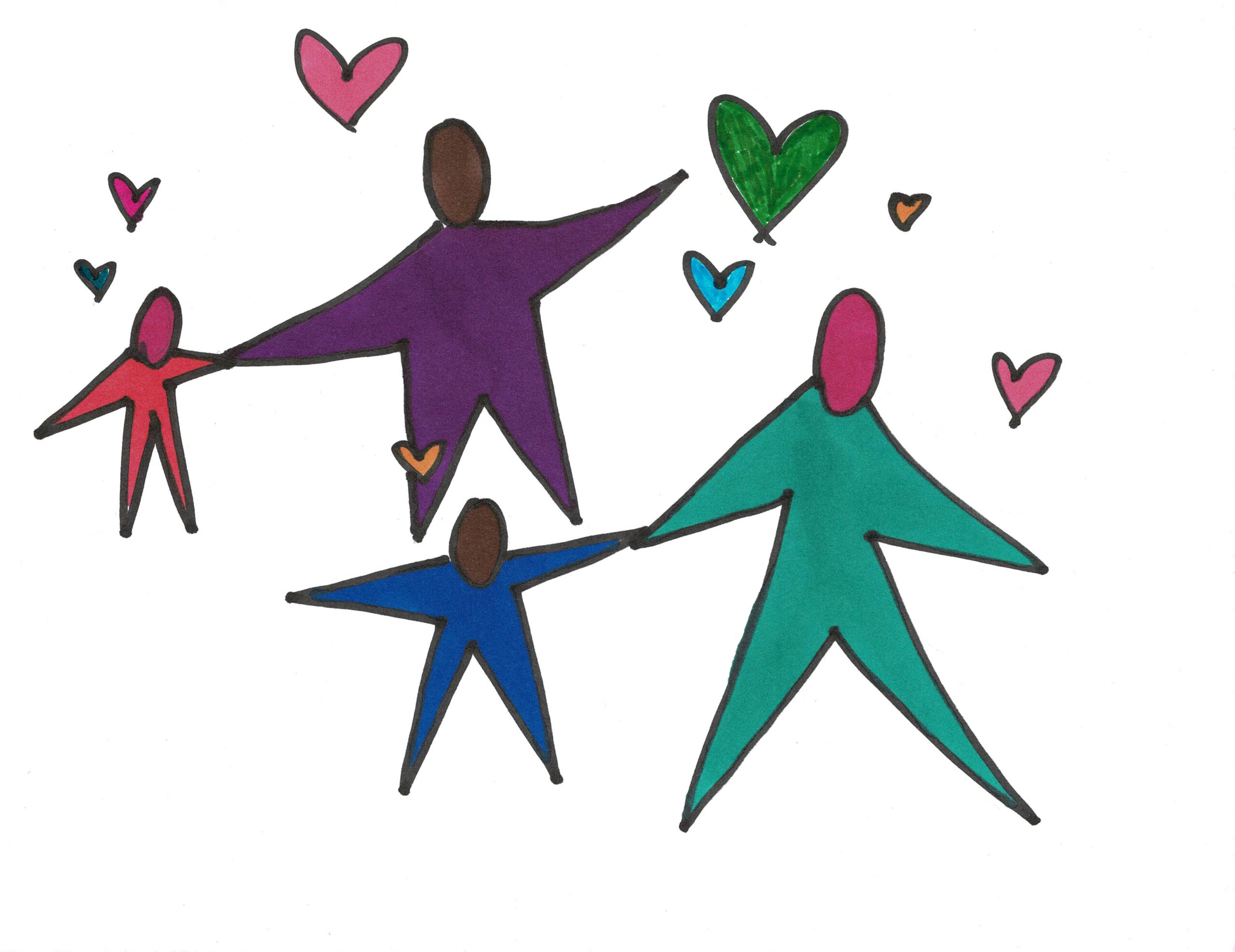Micro-affirmations are the small, often unconscious acts of appreciation, praise, and recognition that teachers provide as feedback and encouragement in the classroom. Sometimes these acts are conscious, such as using a system to make sure that all students are being called on equitably. Other times they my be more subtle, such as using a child’s name when referring to something they have done well (“I noticed that Hector was doing a great job of supporting his group”) or giving credit to a child for an idea they espoused (“I loved Imani’s idea of starting with X; do others have ideas about what we should do next?”) Research has indicated that the more widely-recognized microaggressions have a cumulative and negative impact on students. On the other hand, research by Todd Pittinsky and others is now suggesting that positive micro-affirmations can have a cumulative effect leading students to feel more engaged, more positive to the instruction and, as is critical to the success of students of color in the classroom, more likely to feel seen, affirmed, and that they belong.
Why are micro-affirmations important for teachers working with students of color?
These small acts of recognition, acceptance, appreciation, understanding, and respect build the framework for understanding the concept of “allophilia.” Allophilia is the term researchers use “to describe an individual’s feelings of affection, engagement, kinship, comfort and enthusiasm towards members of a group seen as ‘different’ and ‘other’” (Pittinsky 2009 p.213). While reducing microaggressions in the classroom and in life is critical, it alone will not make the classroom a welcoming, nurturing, and educationally inspiring place for students of color in which they see themselves as affirmed in their essential dignity. The absence of prejudice is not the state of inclusion and belonging. Pittinsky uses the metaphor of the weed-choked garden to illustrate how prejudice reducing and dignity enhancing strategies work in the classroom. Eliminating the weeds (eliminating microaggressions) does not ensure that the garden grows healthy vibrant plants of all varieties. Watering and nurturing the seeds (micro-affirmations) is a critical step to make sure that all seedlings receive the care and nutrients they need to thrive.
Pittinsky (2009, 2016) outlines the dispositions that support allophilia: Affection; Engagement; Kinship; Comfort; and Enthusiasm. Classroom cultures that set up structures to support students forming friendships and teacher-student relationships across difference promote allophilia. Teachers model this in the structures they set up, and in their attention to deliberate use of micro-affirmations. Research has demonstrated that micro-affirmations can “make students more optimistic, confident and resilient in their education and… that the effects of microaffirmations, like the effects of microaggressions, are small but add up.” Pittinsky (2016 p.80).
| Microaggressions | Micro-Affirmations |
| identity-based assumptions | cultural acknowledgment |
| favoritism | equalitable attention |
| dismissive body language | culturally responsive body language |
| unaccommodating rules | approachability, flexibility |
| insensitive questions | inclusive language, respectful questions |
| inability to learn names | learning names and retaining information about family members |
| rigid expectations for language use | valuing and honoring home language and bilingualism in the community and supporting/ encouraging the use of home language in the classroom in the development of English content knowledge |
| recognizing only standard white academic English | understanding that there are many “Englishes” and many ways of expression that are complex metacognitive endeavors |
Adapted and expanded from Useable Knowledge: Accentuate the Positive
https://www.gse.harvard.edu/news/uk/16/12/accentuate-positive
To be effective, micro-affirmations need to be rooted in authentic observation and regard. An accountability partner can help you determine how you are doing in sharing your time, attention, and positive feedback in the classroom. For in-person settings, it is helpful to have a colleague or trusted friend sit in on a class and take notes on the kinds of statements you are using with students, the types of non-verbal feedback you are giving, and the students you spend the most or least time with. The goal is not to “get it right,” but to honestly reflect on whether there are students in your class who might benefit from more positive affirmations or others who are receiving attention of a more negative kind. In virtual settings, videotaping lessons and interactions can allow you to view your own lessons with an eye to the distribution of micro-affirmations.
References:
Rastegari, I & Shafer, L. (Dec. 22, 2016) Accentuate the Positive: The transformative power of small encouragements and welcoming interactions. Usable Knowledge https://www.gse.harvard.edu/news/uk/16/12/accentuate-positive retrieved 7/24/20
Pittinsky, T. L. (2016). Backtalk: Why overlook microaffirmations. Phi Delta Kappan. Vol. 98 (2) pp.80.
Pittinsky, T.L. (2009). Allophilia: Moving Beyond Tolerance in the Classroom, Childhood Education, 85:4, 212-215, DOI: 10.1080/00094056.2009.10523083
*This blog was originally posted on the Educational Equity Resources Portal.

